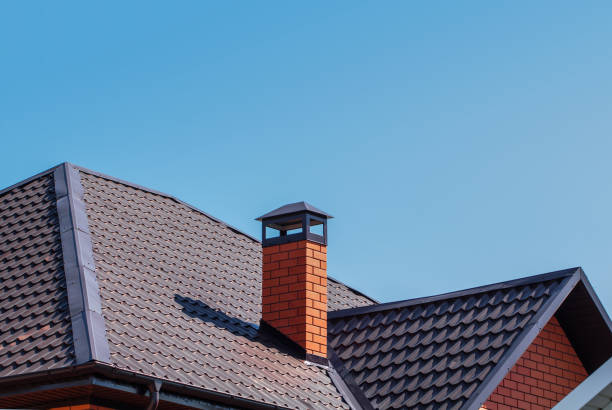Urban areas face increasing challenges such as rising temperatures, poor air quality, and limited green spaces. One innovative solution gaining popularity is the use of green roof modules. These specially designed systems transform ordinary rooftops into vibrant, sustainable green spaces that significantly benefit urban environments. In this article, we will explore how Green Roof Modules contribute to improving cities, their environmental advantages, and why they are essential for future urban planning.
What Are Green Roof Modules?
Green roof modules are pre-planted trays or mats that can be easily installed on flat or slightly sloped roofs. Unlike traditional green roofs that require intensive labor and longer installation times, green roof modules offer a modular approach that simplifies maintenance and enhances scalability. These modules typically contain layers of vegetation, soil or substrate, drainage, and waterproofing components that work together to support plant growth while protecting the building structure below.
Environmental Benefits of Green Roof Modules
One of the most significant advantages of green roof modules is their ability to reduce the urban heat island effect. Cities often experience higher temperatures than surrounding rural areas due to concrete, asphalt, and other heat-absorbing materials. Green roof modules cool rooftops by providing shade and through evapotranspiration—a natural process where plants release moisture into the air. This cooling effect helps lower overall city temperatures, reducing the demand for air conditioning and cutting energy consumption.
Additionally, green roof modules improve air quality in urban environments. Plants absorb pollutants and carbon dioxide while releasing oxygen, contributing to cleaner, healthier air. This is particularly important in cities where vehicle emissions and industrial activity generate significant pollution. By increasing vegetation cover on rooftops, green roof modules act as natural air filters, mitigating harmful airborne particles.
Managing Urban Stormwater with Green Roof Modules
Urban areas often suffer from poor stormwater management due to impervious surfaces that prevent natural water absorption. Green roof modules play a crucial role in retaining rainwater and reducing runoff. The layers of substrate and vegetation absorb and store rainwater, slowing its flow into drainage systems. This helps prevent flooding and decreases the burden on urban infrastructure. Furthermore, green roof modules filter pollutants from rainwater before it reaches natural waterways, contributing to cleaner water systems.
Enhancing Biodiversity and Aesthetics
Green roof modules create new habitats for birds, insects, and beneficial microorganisms in densely populated urban environments. By increasing green space availability, these modules promote biodiversity and support local ecosystems. They also improve the aesthetic value of buildings, making urban areas more attractive and enjoyable for residents and visitors alike. Incorporating green roof modules into cityscapes can transform otherwise unused rooftop areas into flourishing gardens and recreational spaces.
Economic Advantages of Green Roof Modules
Investing in green roof modules can lead to long-term financial savings. These systems extend the lifespan of roofing materials by protecting them from extreme weather and UV radiation. Furthermore, by reducing heating and cooling costs through natural insulation, green roof modules help building owners save on energy bills. Some cities offer incentives, such as tax breaks or grants, for installing green roof modules, further encouraging their adoption.
The Role of HOENSOEY Environmental Technology in Promoting Green Roof Modules
At HOENSOEY Environmental Technology, we specialize in providing innovative green roof module solutions tailored to urban needs. Our expertise ensures that clients receive durable, efficient, and environmentally friendly products designed to maximize the benefits of green roofs. By partnering with us, municipalities, architects, and developers can contribute to creating healthier, more sustainable cities.
Conclusion
Green roof modules represent a powerful tool for addressing multiple urban challenges—from reducing heat and improving air quality to managing stormwater and enhancing biodiversity. Their ease of installation, environmental benefits, and economic advantages make them an essential component of modern urban planning. As cities continue to grow and face environmental pressures, integrating green roof modules into the urban landscape will play a vital role in creating healthier, greener, and more resilient environments for future generations. HOENSOEY Environmental Technology remains committed to advancing this green revolution through cutting-edge solutions and expert guidance.



